Japan: First-Ever Simultaneous Cultivation of Whiteleg Shrimp and Herbs in Seawater
Breakthrough Aquaponics Demonstration Using Seawater
In this pilot experiment, seawater will be used in an aquaponics system to raise whiteleg shrimp — a species in high demand in Japan. The same water will be circulated through planting beds to grow salt-tolerant crops such as Swiss chard and high-value herbs. Throughout the experiment, sensors will be used to collect essential data for both shrimp and plants, and their symbiotic effects will be studied with the goal of commercializing brackish water aquaponics. As part of this goal, the company has started trial farming of whiteleg shrimp.
At Akponi’s private farm in Fujisawa City, Kanagawa Prefecture, trials are underway to develop and refine aquaponics systems while diversifying cultivated crops. Recently, the company has begun testing brackish aquaponics systems for shrimp farming.
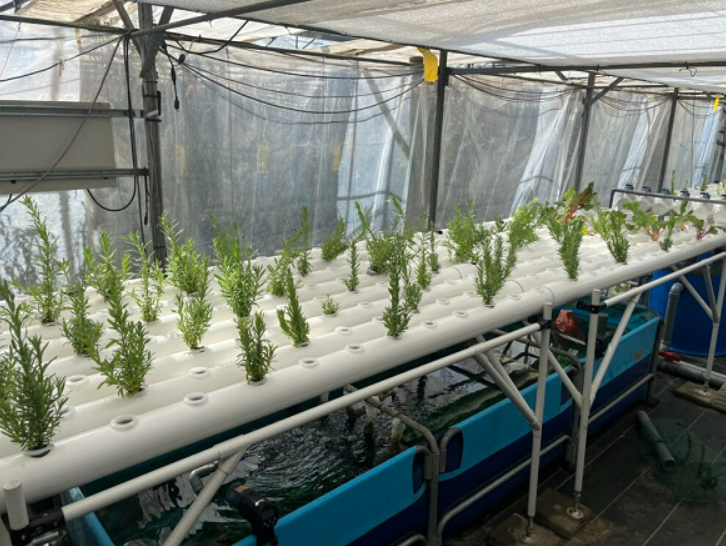
According to the Fisheries Agency, shrimp is one of the four most consumed seafood items in Japan. Despite high domestic demand, Japan is almost entirely reliant on imports (Reference: 2022 Fisheries White Paper, Fisheries Agency – Supply, Demand, and Consumption Trends of Seafood Products in Japan).
Currently, aquaponics in Japan is primarily based on freshwater systems. If brackish water aquaponics proves feasible, it could enable large-scale, land-based shrimp farming with low environmental impact, significantly expanding the potential of aquaponics in Japan. In recent years, requests for shrimp farming have been increasing, prompting the company to conduct this experiment to expand aquaponics possibilities.
Key Highlights of the Demonstration Trial
1. IoT Data Collection on Shrimp & Plants / Identifying the Best Crops for Brackish Aquaponics
In this trial, the company is using the Akponi Farming App, a proprietary platform that centrally manages aquaponics operations and uses IoT to gather data on whiteleg shrimp and vegetable crops.
This will help assess the farm environment and growth conditions, optimizing the shrimp culture system while identifying the most suitable crops for brackish aquaponics.
Data collected includes:
Feed quantity
Yield of whiteleg shrimp and vegetables
Air temperature, humidity, water temperature, salinity, DO (dissolved oxygen), pH, EC (electrical conductivity), CO₂ levels in the air, etc.
2. Evaluating Domestic Shrimp Production with the Goal of Minimizing Environmental Impact and Costs
Aquaponics integrates aquaculture with hydroponics to efficiently recycle resources, using nitrogen from shrimp/fish feed as fertilizer for vegetables.
Typically, in standalone land-based aquaculture, 88% of nitrogen from feed is discharged during regular water changes. In a previous pilot study, the company found that with aquaponics, up to 99% of nitrogen can be effectively used as fertilizer for crops. In addition, water consumption was reduced by about 66%, using only one-third the water compared to conventional aquaculture.
Currently, most shrimp consumed in Japan is frozen and imported, primarily from Southeast Asia. However, if this system can demonstrate viable domestic shrimp production, it could significantly reduce CO₂ emissions from transport and lower logistics costs for businesses — contributing to both environmental sustainability and economic efficiency.
Source: Fis-net
Aqua Mina's distributor in Japan: REX INDUSTRIES CO., LTD
- Address: 1-9-3 Hishiya-Higashi, Higashi-Osaka 578-0948 JAPAN
- Email: kimakubo@rexind.co.jp
- Phone: +81-(0)72-961-9893
- Website: http://www.rexind.co.jp/e/
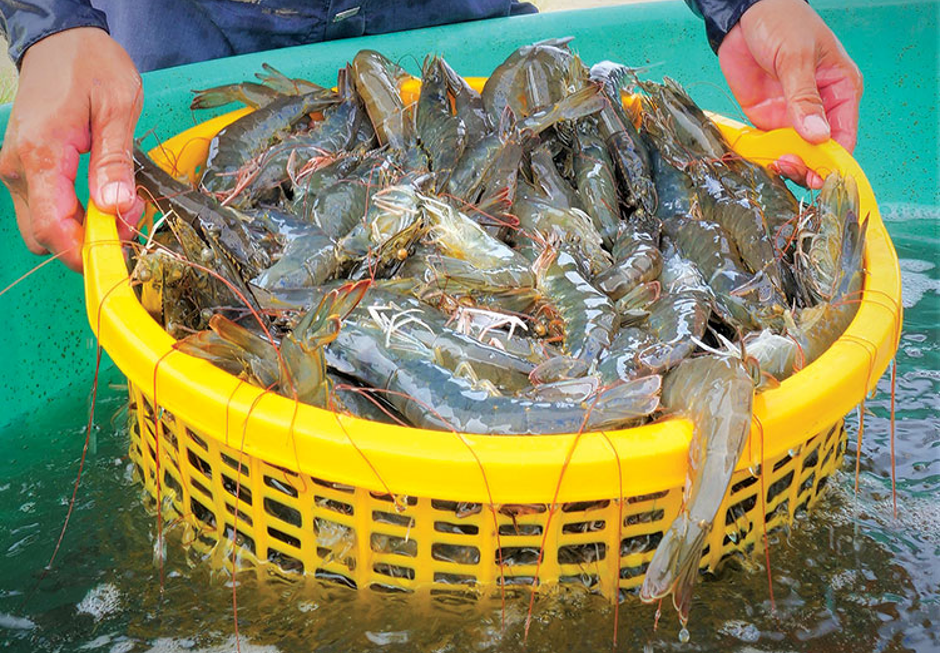
WE WORK FOR YOUR SUCCESS!
Ngày đăng : 17/06/2025
1929 View
Other Articles
Portuguese food group acquires 18% stake in cod farming company Norcod
Indonesia implements radioactive-free shrimp certification for exports to the United States
India is world’s second-largest shrimp producer. That is now under threat
Ca Mau’s shrimp industry moves towards “green” growth
Floods devastate aquaculture, processing operations in Vietnam
Ecuador Leads Global Shrimp Exports, Surpassing USD 7 Billion in 2025
India's marine product exports rise 16% as new markets offset US dip
Skretting presents the first shrimp feed with insect meal in Vietnam
Sharing: EU increases shrimp imports in the first 9 months of the year
Gideon De Oro opens high tech Cebu shrimp plant, to revive exports
White-leg shrimp facing WSSV: When density and environment fluctuate together








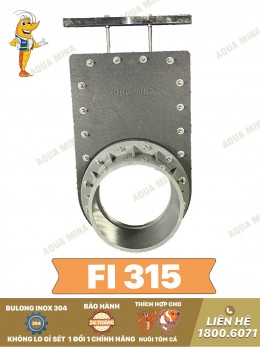

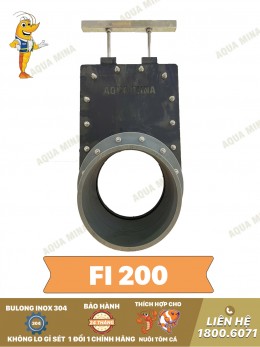
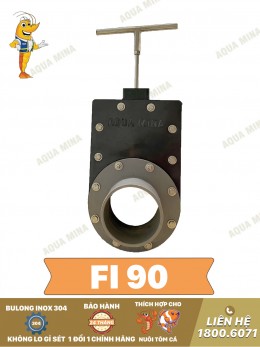
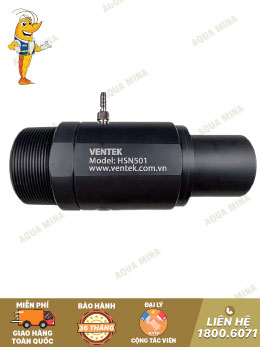



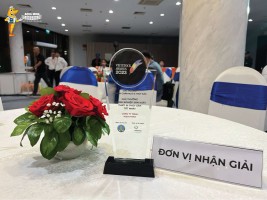
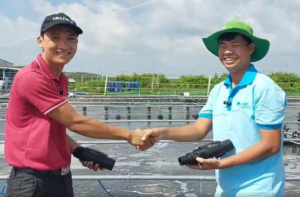
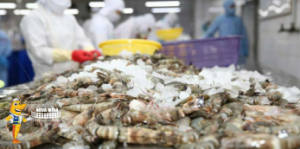
.jpg)